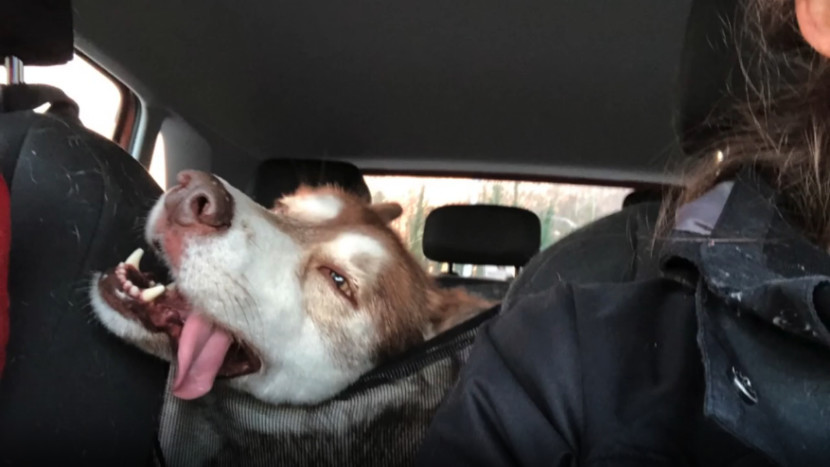One of the easiest ways to get started with accessibility (a11y) is on social media. Most social networks—including Facebook, Instagram, Twitter, and LinkedIn—provide the ability to add alternative text, or alt text, to your images. This is a description of the image that will be surfaced to people who use assistive technology.
Instructions for popular social networks
- Instructions for Facebook
- Instructions for Instagram
- Instructions for Twitter
- Instructions for LinkedIn
- Instructions for Slack
Benefits of alternative text
Meaningful alt text benefits more than just visually impaired people.
"What is really important in accessibility awareness, especially for emerging technologies, is communicating that it's something that's essential to some but useful to all."
Alternative text is also useful to people on a slow connection that can't download images. It's great for search engine optimization (SEO), too! Not only does it help search engines understand your content, but some search engines also factor a11y into their search rankings.
Write meaningful descriptions
Just writing alt text isn't enough, though. You need to write meaningful alt text. Laura Kalbag, the renowned a11y expert and author of Accessibility for Everyone, shares a great example in her Loupe 2019 talk.

Laura argues that "my dog" wouldn't be very good alt text; sure, it's a photo of her dog, but what's special about it? Why did she bother to share it? She suggests that a better description might be "my dog pressed up against the dog barrier in the car, his tongue hanging out the side of his mouth". This gives the person reading it a much better idea why the image might be amusing.